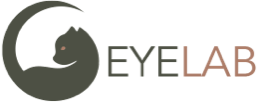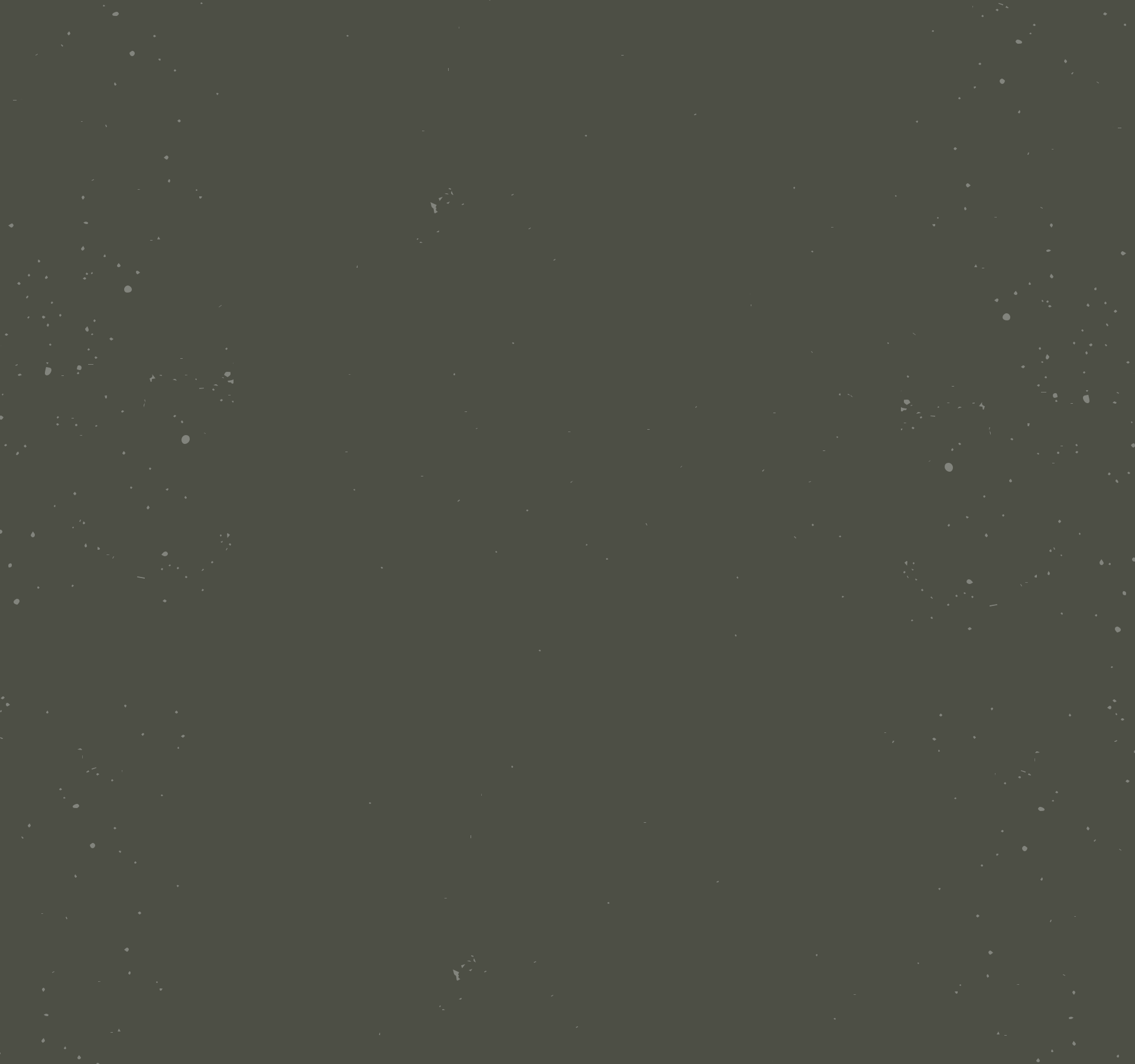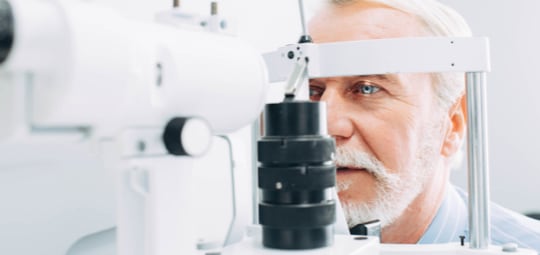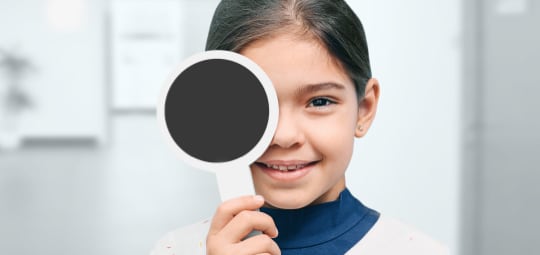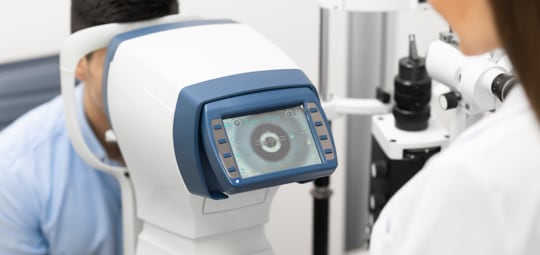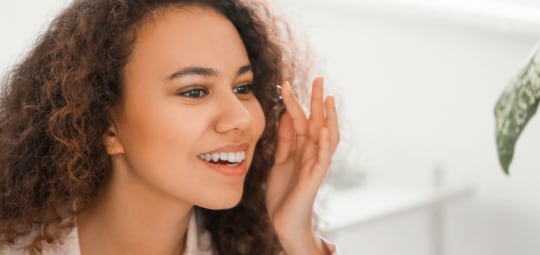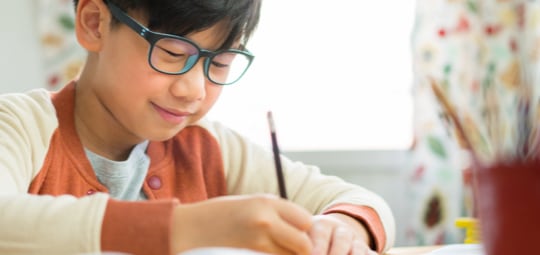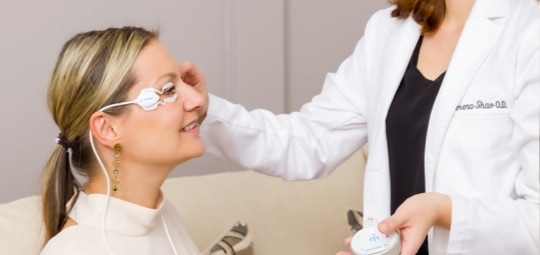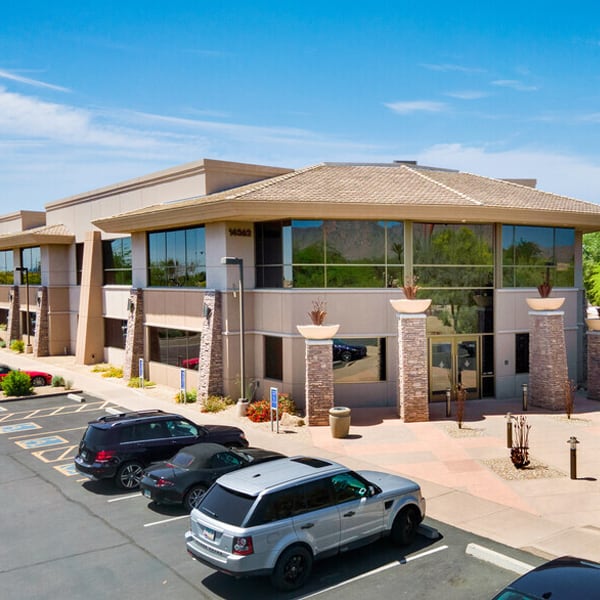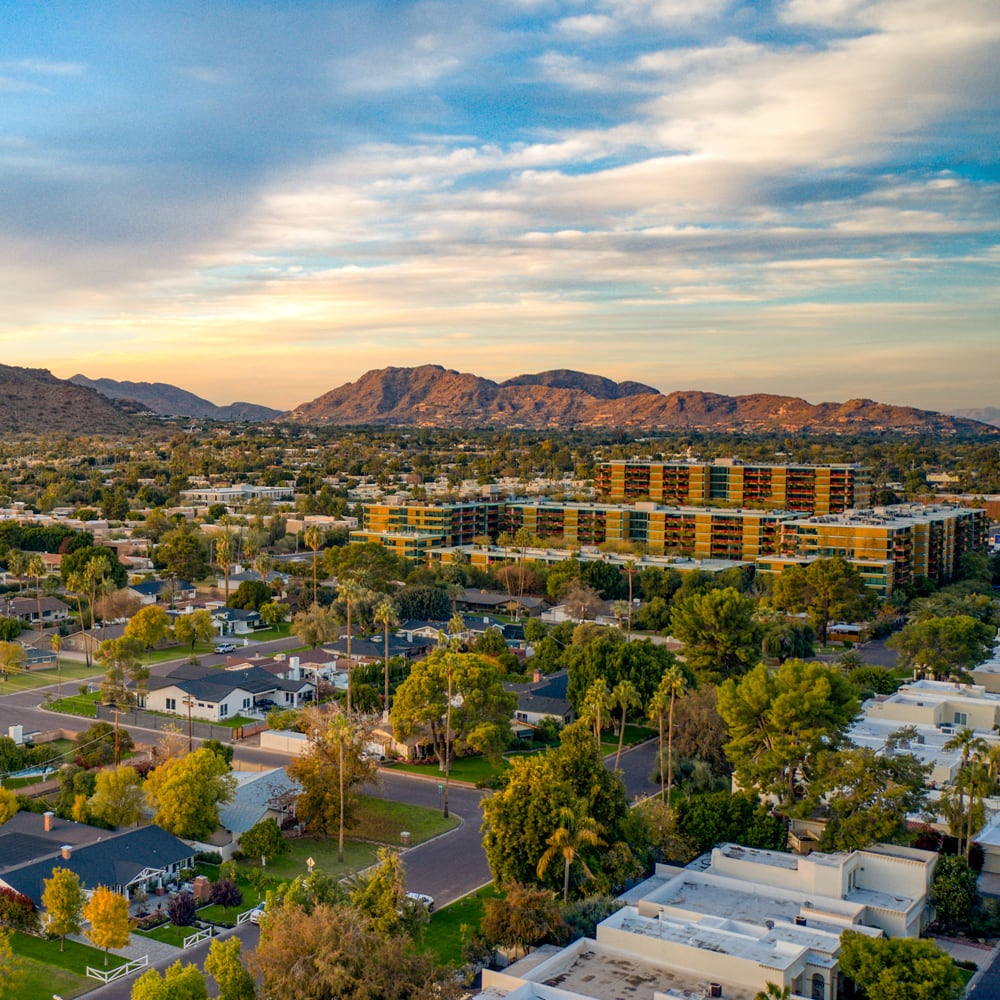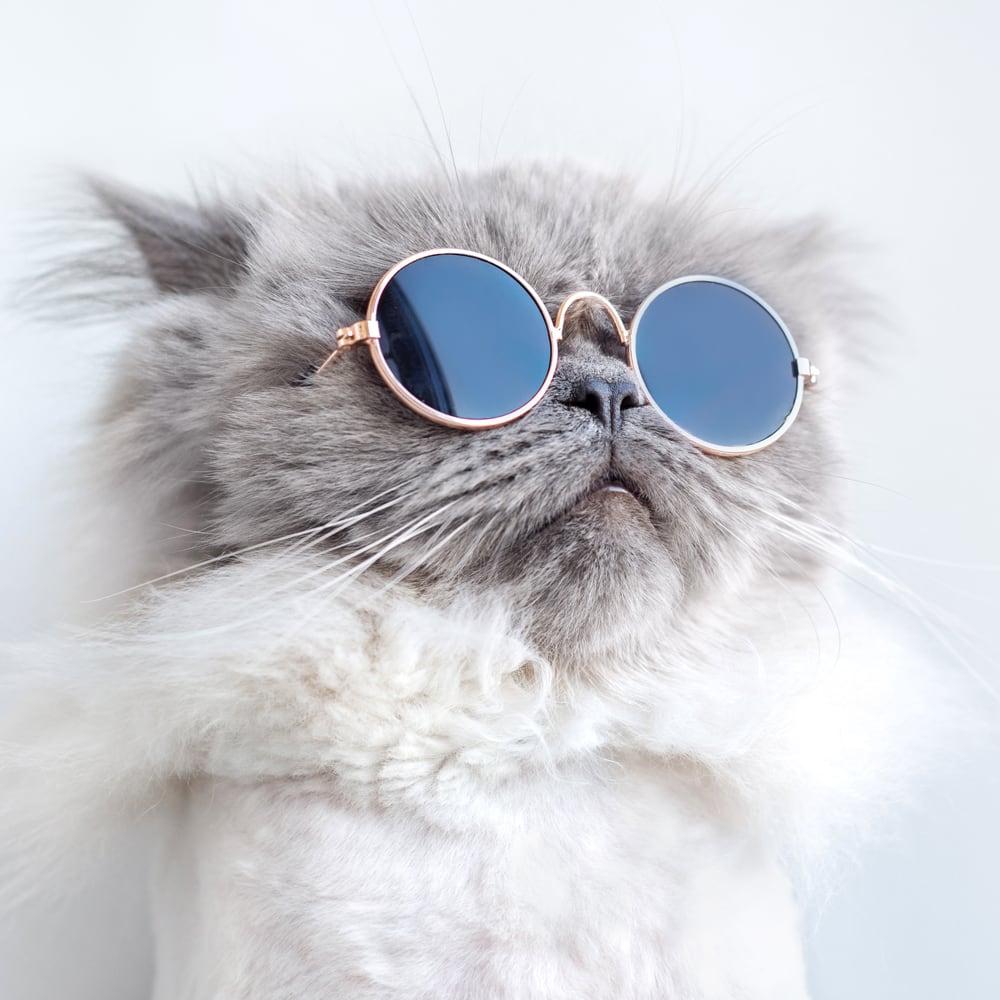

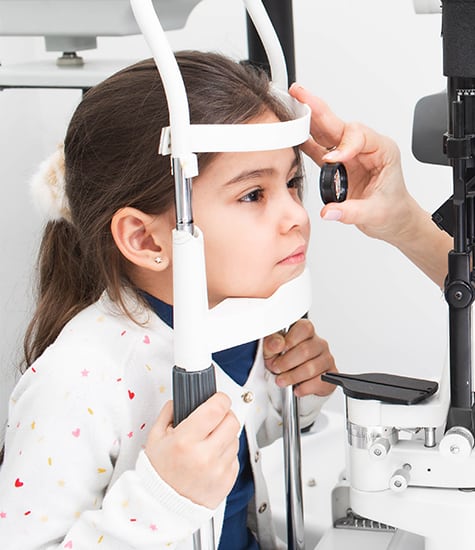
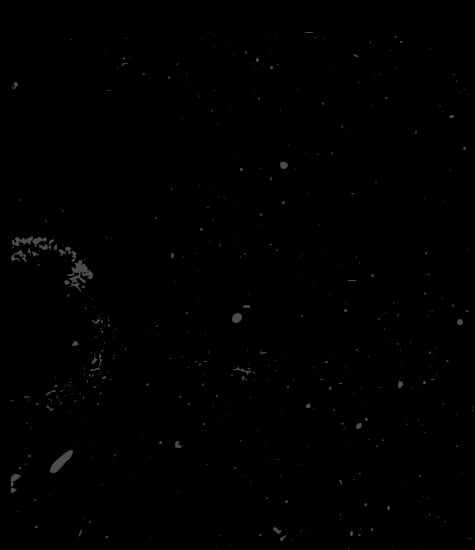
The Importance of Myopia Management
Did you know? Studies predict that over half of the world’s population will be nearsighted (myopic) by 2050! This rapid increase highlights the importance of regular eye exams, especially for those with a family history of myopia.
At Eye Lab, we provide comprehensive eye care to help you maintain healthy vision throughout your life.

Top Reasons for Children’s Eye Exams
At Eye Lab, we understand the countless reasons why children should have their eyes examined regularly.
Your little ones require a set of visual skills to help them learn effectively. If your child is struggling with a learning-related vision problem, they may complain of:
- Headaches
- Eye fatigue
- Eye strain
Here are our top reasons to bring your child in for an eye exam.
Making Sure They See Clearly
If your child is having trouble seeing, there could be an easy solution! The sooner we can check their visual acuity—how well they are seeing—the sooner we can find solutions or prescribe corrective lenses.
Once your child can see clearly, you may notice a change in how they interact with their world.
Focusing at Variable Distances
This one isn’t always obvious to parents if their child is running around, having fun, and learning. But, often, children begin to develop vision issues like myopia during their formative years. Also called nearsightedness, myopia affects your little one’s ability to see objects clearly in the distance (like the whiteboard or the goal net).
Thankfully, there are ways we can control myopia if it’s diagnosed at an early age.
Tracking & Teaming
We want to make sure your child can follow objects as they move and that they can also move their eyes along a page to read.
While your kiddo looks at these objects, we will also want to check to make sure their eyes work together correctly. Issues with eyes teaming can be signs of strabismus (crossed eyes) or amblyopia (lazy eye). Both of these conditions can be treated—but the earlier, the better.
Hand-Eye Coordination
As your child grows, they will first begin to grab objects and bring them to their face, and then they will learn to play with blocks and other objects. Eventually, they will start writing and performing more detail-oriented tasks.
Our team will make sure their hand-eye coordination is progressing as it should. If any signs or symptoms indicate they may be having difficulties, we can work with you to establish a plan.
Visual Perception & Comprehension
We learn so much from what we see around us. Your child should develop comprehension skills that will help translate things they read into imaginary pictures in their minds. They do this by relating what they read to what they’ve learned visually in their lives. For instance, if a book describes a lush, green forest, your child will likely need proper color and distance vision to understand.
Genetic Reasons
Family history plays a role in eye health. If you or your partner have myopia, your child has a higher risk of developing it. Regular exams can help monitor for early signs and manage progression.
Myopia (nearsightedness) is more likely in children when their parents are also myopic. Here’s the breakdown of the increased risk:
- If both parents are myopic, the risk jumps to 1 in 2 children developing myopia.
- With one myopic parent, the risk is still elevated at 1 in 3 children.
When neither parent has myopia, the risk is lower, affecting 1 in 4 children.

Children’s Eye Exam Schedule
How often your little one’s eyes need examining all depends on their age and risk level. A child with a family history of eye problems may have a different eye exam schedule recommended by their optometrist.
The American Optometric Association recommends the following eye exam schedule for children.
0–2 Years Old
It’s recommended children have their first comprehensive eye exam between 6–12 months of age.
3–5 Years Old
Children should have their eyes checked by an optometrist at least once between ages 3–5.
6–17 Years Old
Children should have their eyes examined before they enter first grade and annually each year after.
Ready, Set, See
Our friendly team is excited to see your children for their regularly scheduled eye exams. Let’s get them started and ensure they have the visual tools they need to succeed. Book an appointment today!
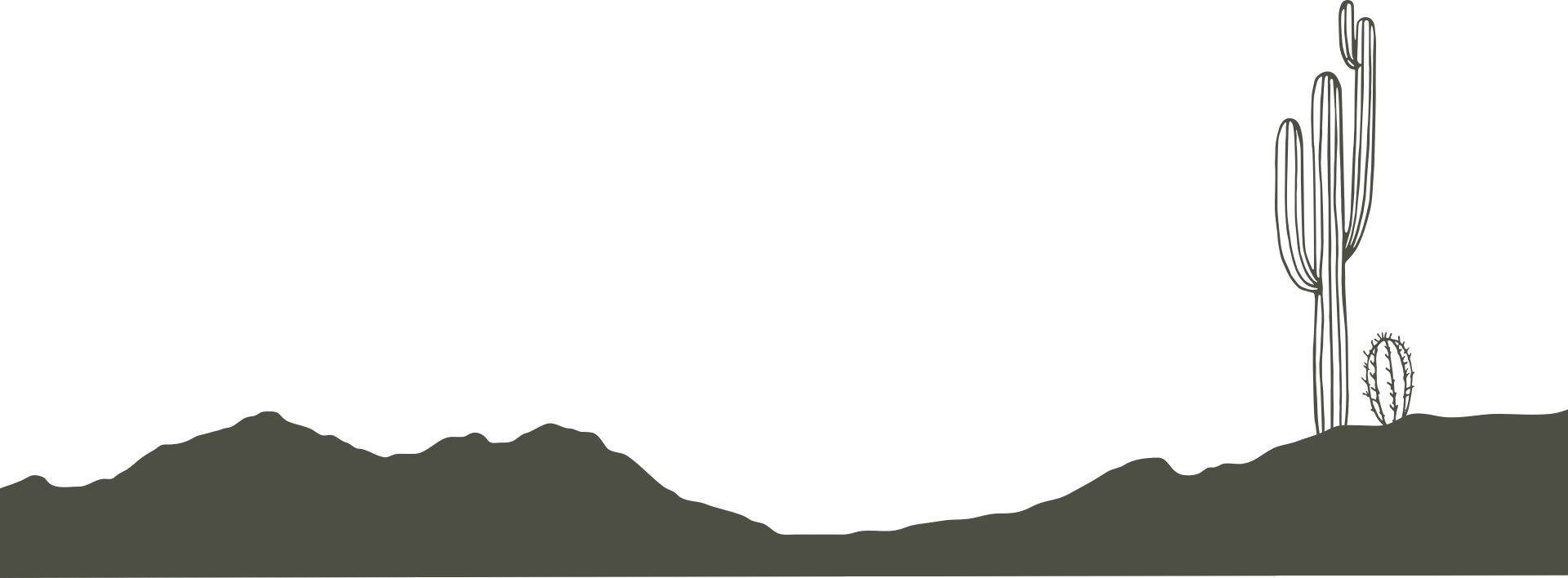
Our Location
Eye Lab proudly services those in North Scottsdale, Fountain Hills, North Phoenix, or the surrounding areas.
We’re conveniently located off East Raintree Drive and North Frank Lloyd Boulevard in Scottsdale Horizon Center. Find us on the right side of the Safeway plaza.
We have plenty of parking in the lot near our office.
We also perform eye exams in Chinese and Spanish. (我們也有說中文的服務)También tenemos a alguien que pueda traducir en español durante el examen.
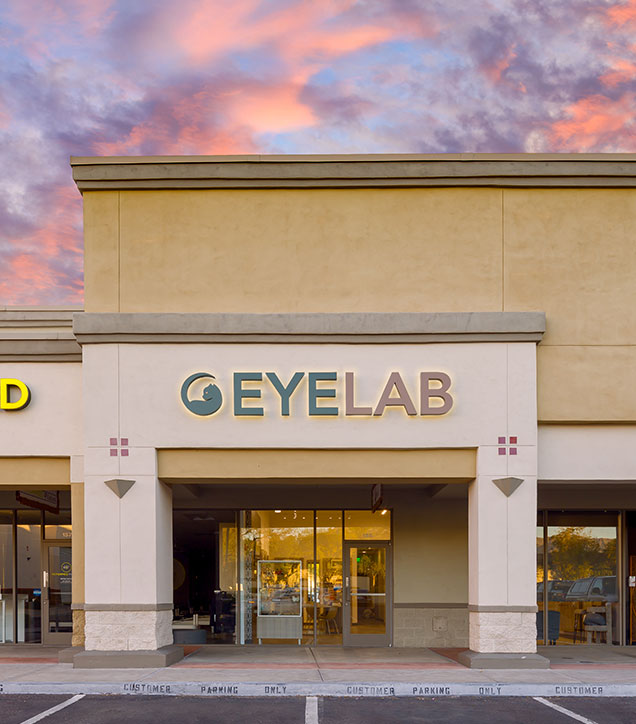
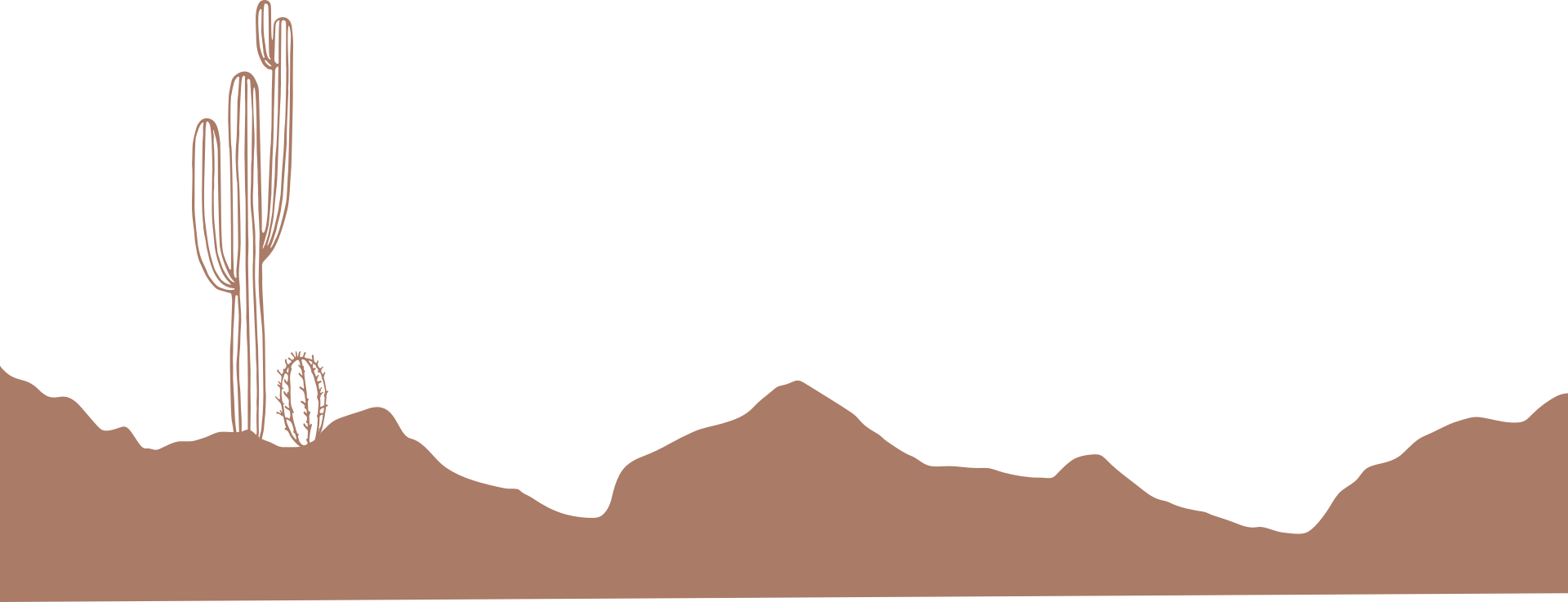
Our Brands

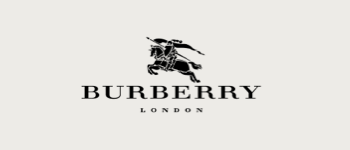
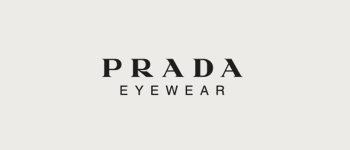
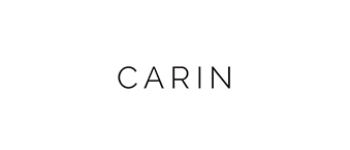
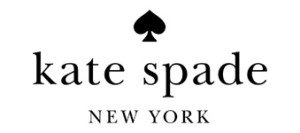
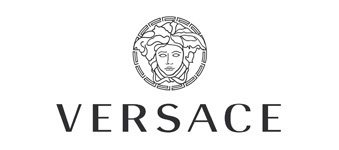

Our Testimonials
I am 75 years old and have had issues with my eyes since birth, probably. I moved to Arizona 3 and 1/2 years ago and had to find all new doctors. On one of my first visits she diagnosed one of my conditions. It is called trichiasis. That is a condition where a person has two rows of eyelashes. They tend to curl inward irritating the eye. Now all that I need to do is have them pulled every few weeks and fairly soon they won’t even grow back.
I am so pleased to have found Dr. Serena Shao. She is opening a practice in Scottsdale and I will be driving 40 miles to be seen by her and her staff.
Dorothy L.
Every time I’ve came in for my eye visits Dr.Shao is very professional, thorough, and is always warm and sweet. I would recommend her to anyone who needs a eye visit or glasses. I give her a 10/10. I’ve been to several eye doctors and she is by far best one I’ve ever had!
Charles G.
Dr. Shao is super thorough and give good advise on my super dry eyes. I’m following her from her previous practice to her new practice
